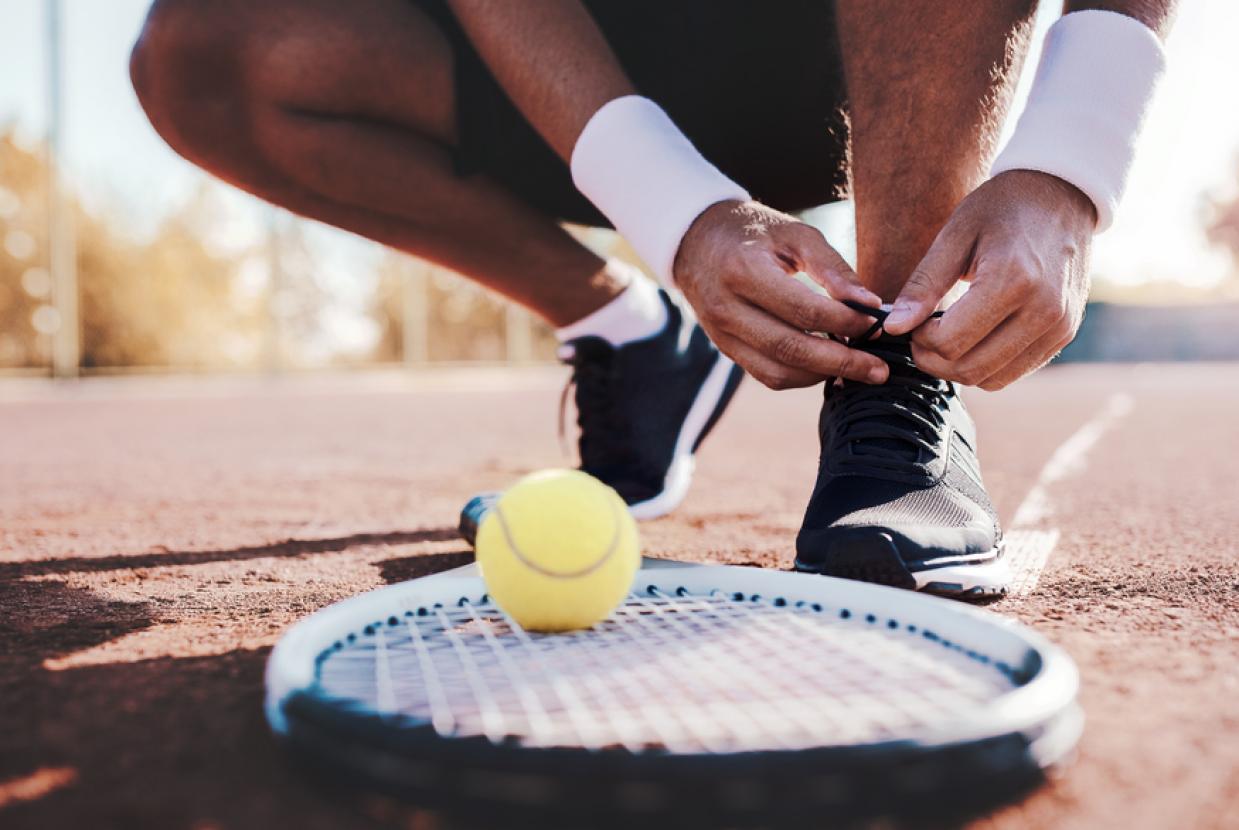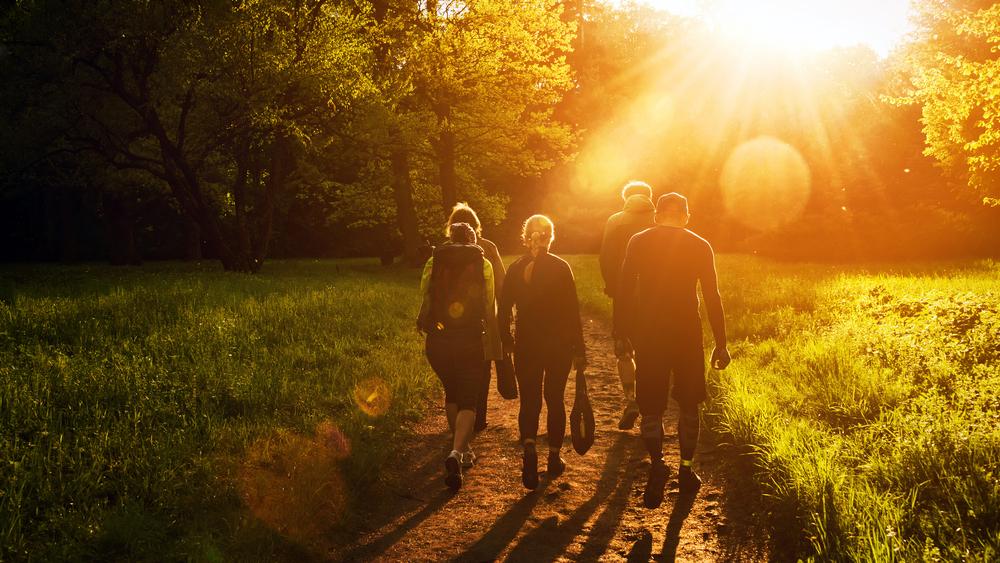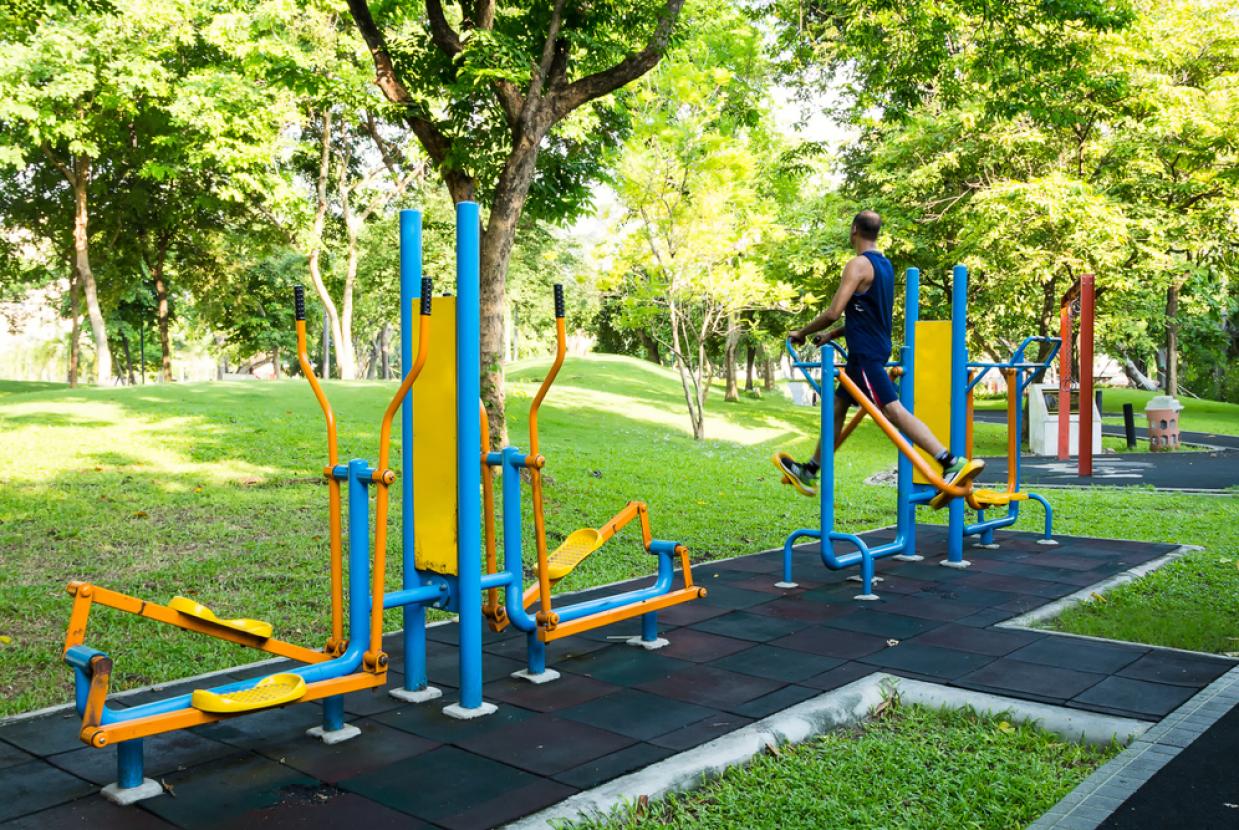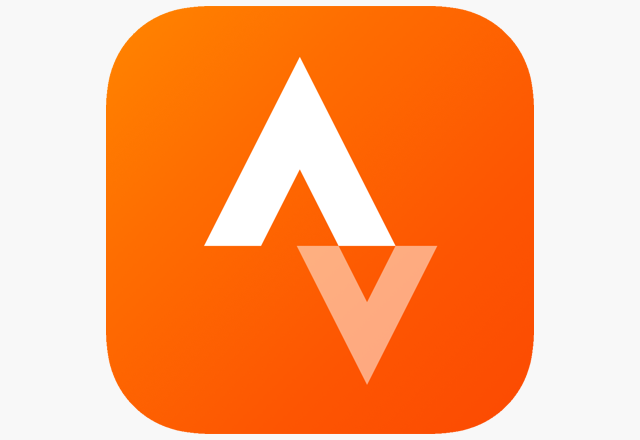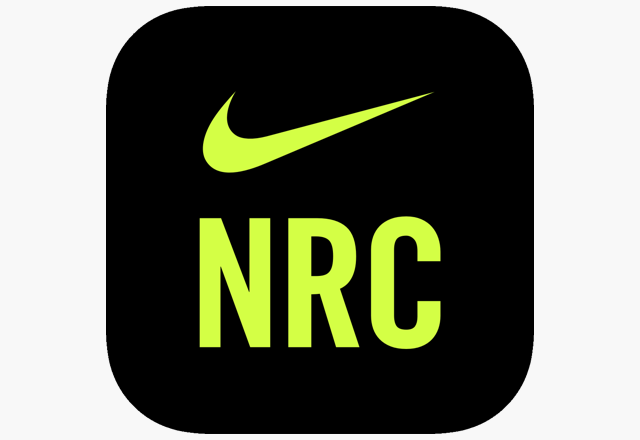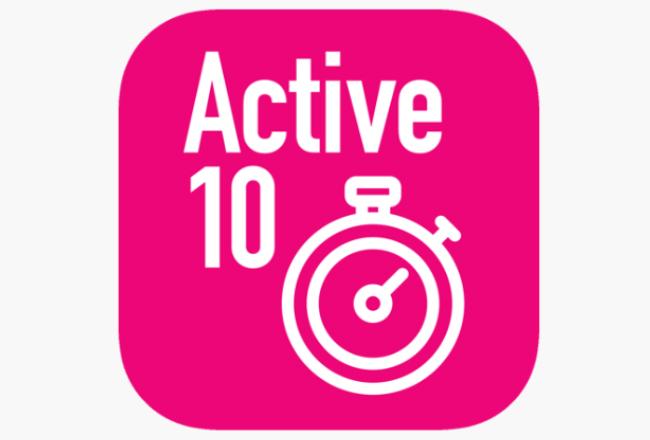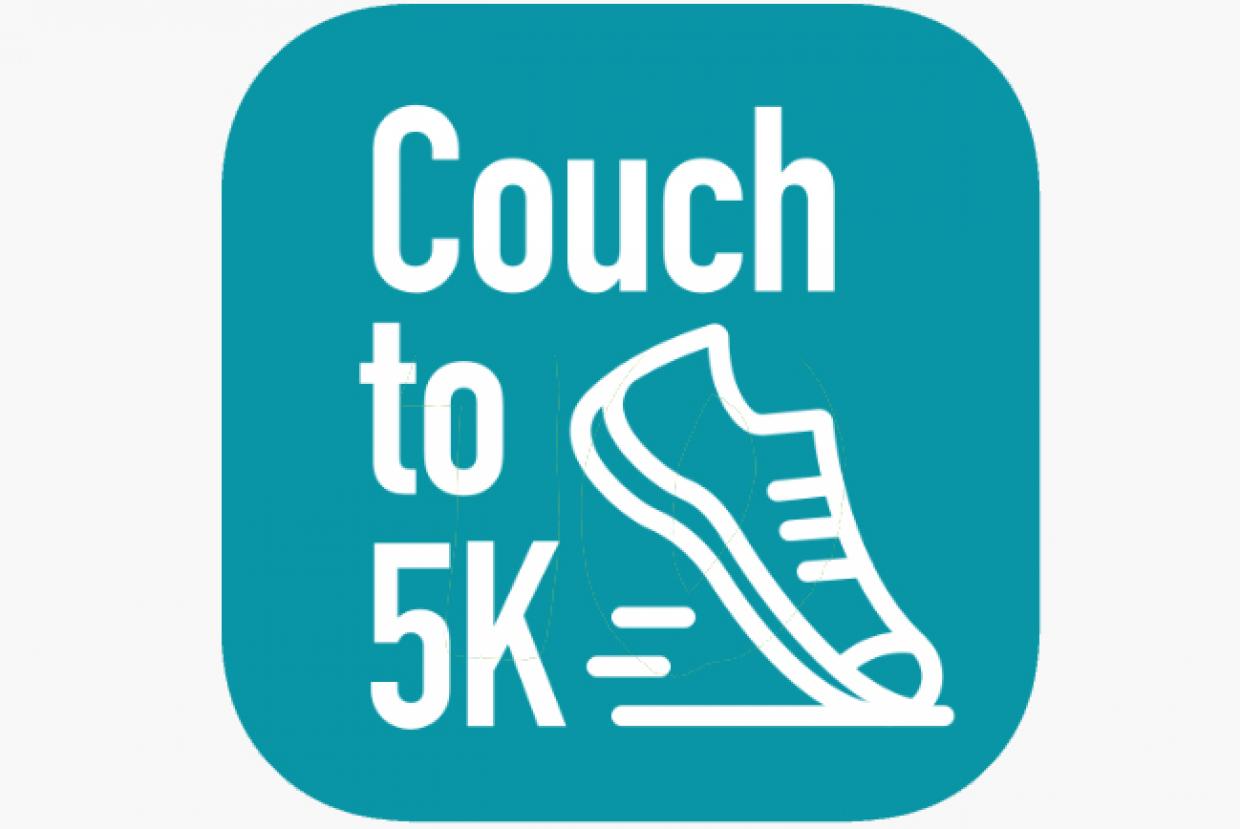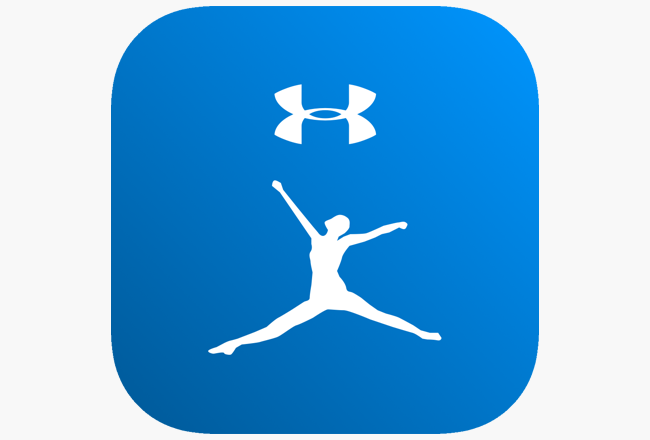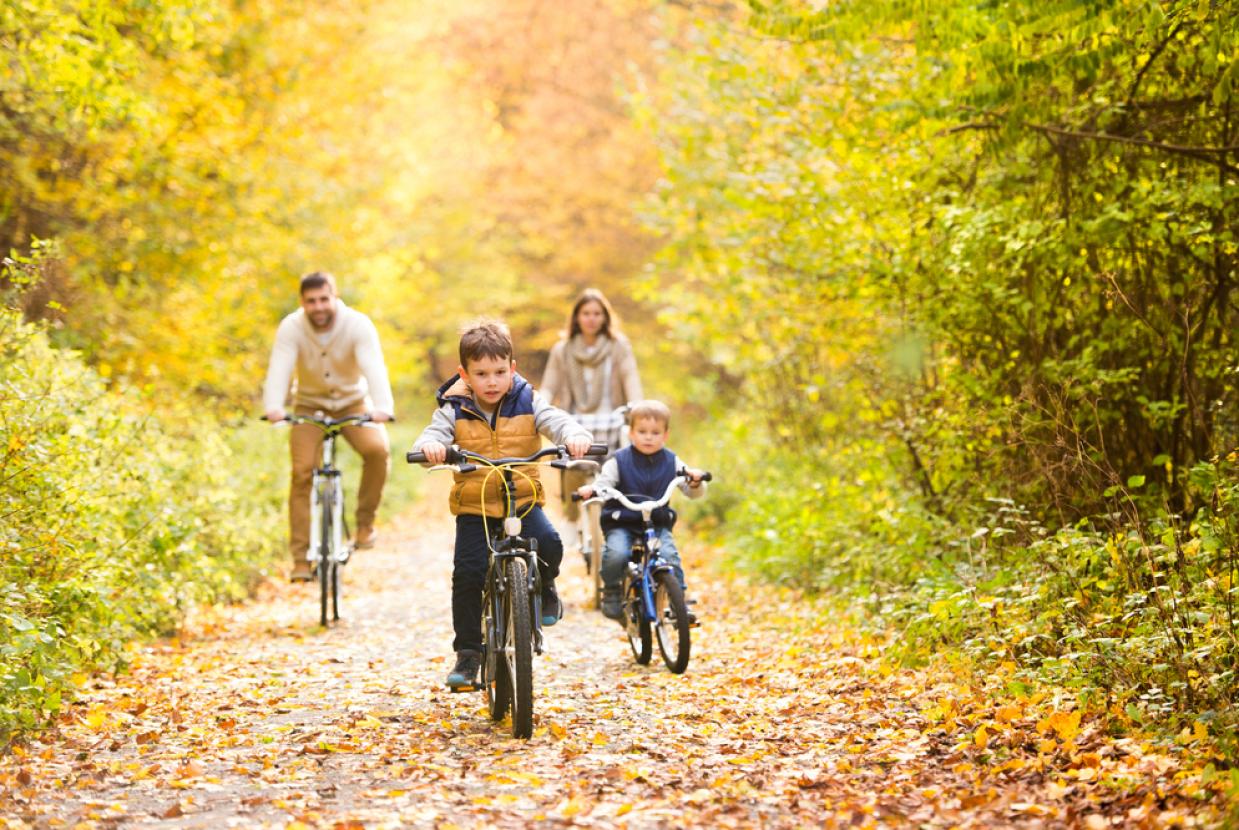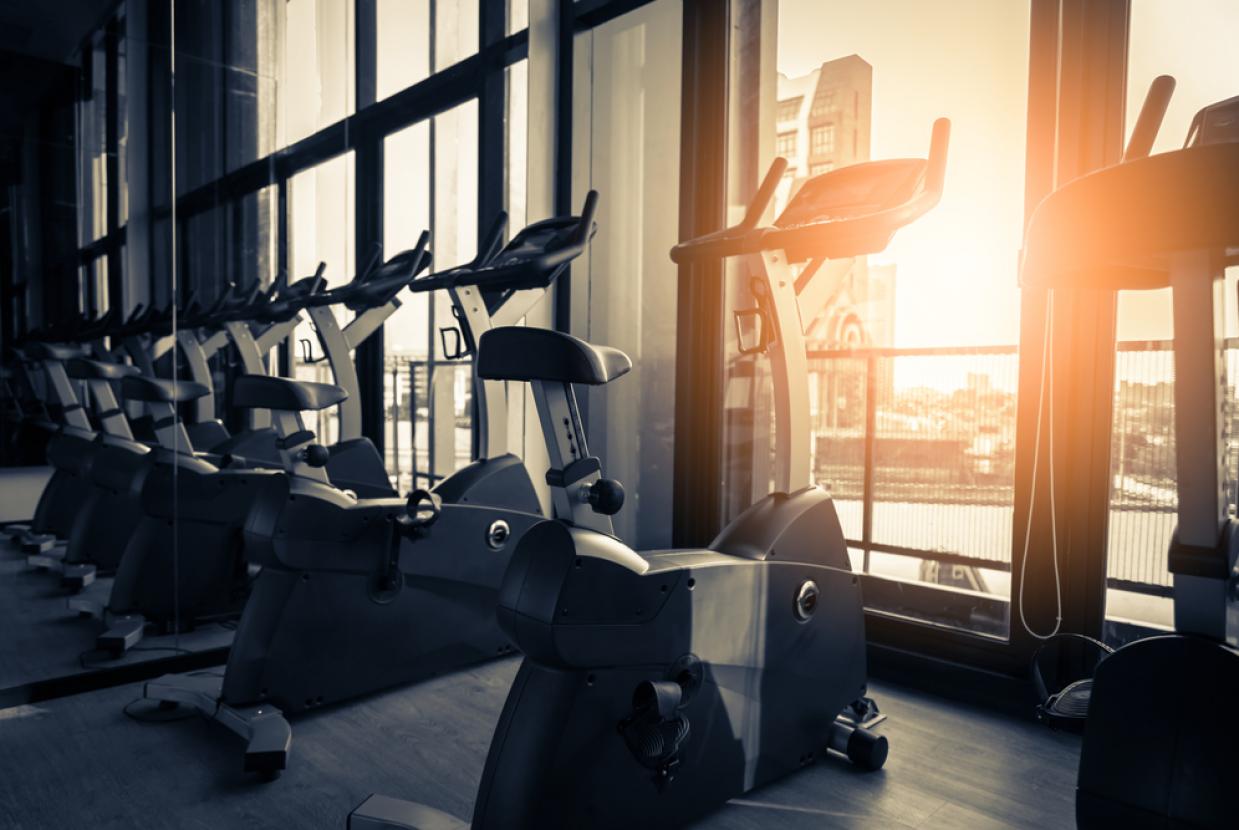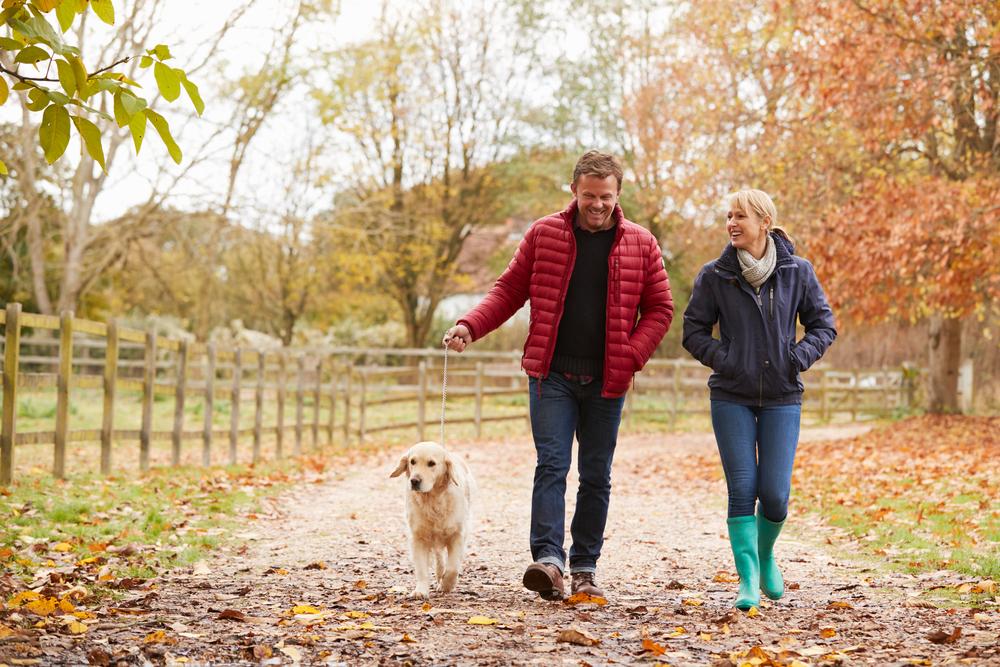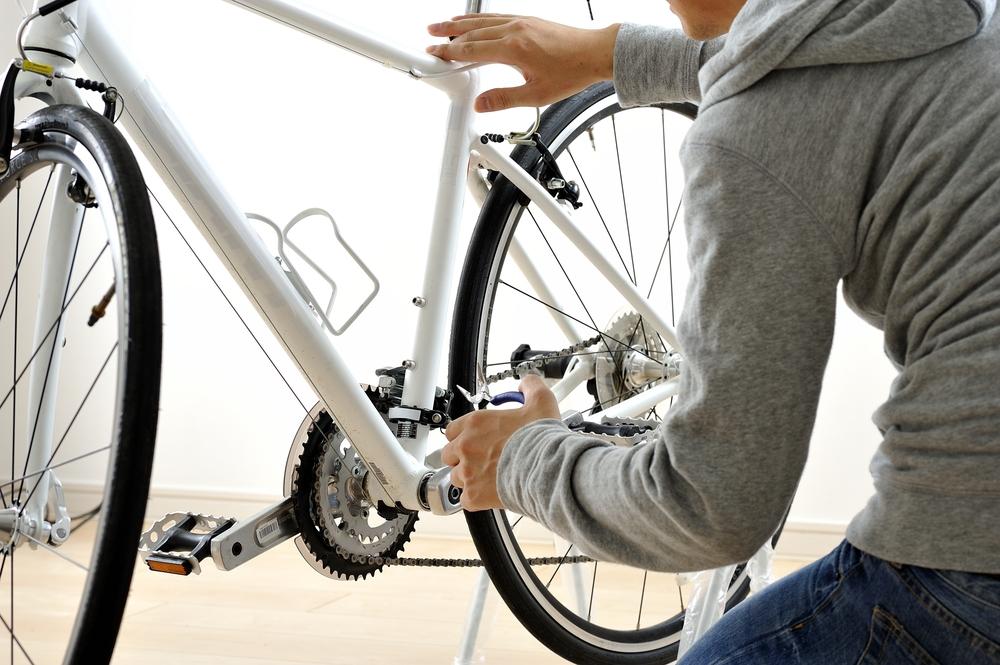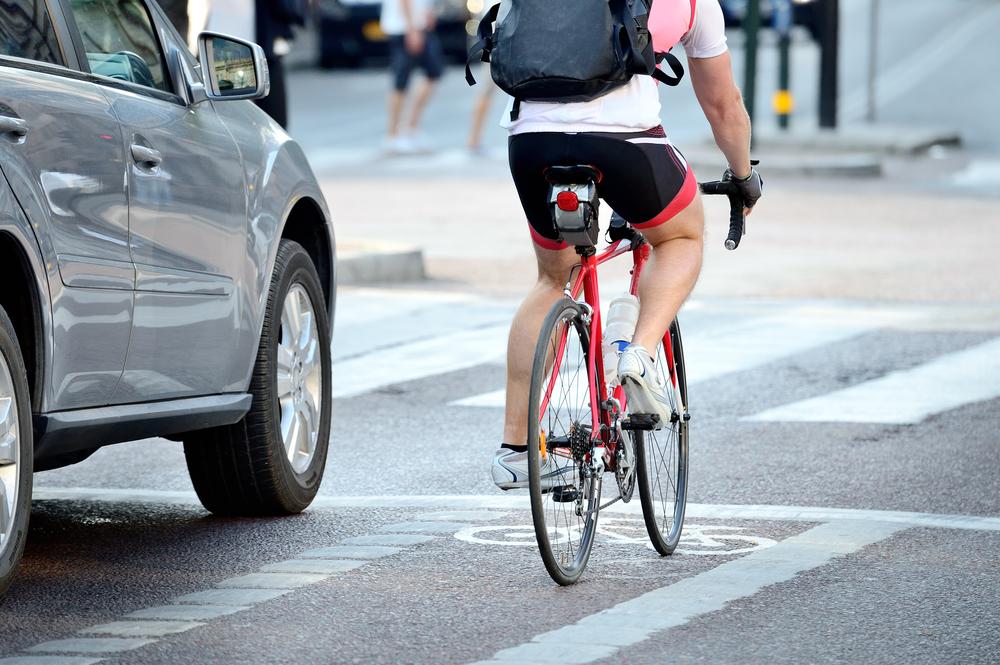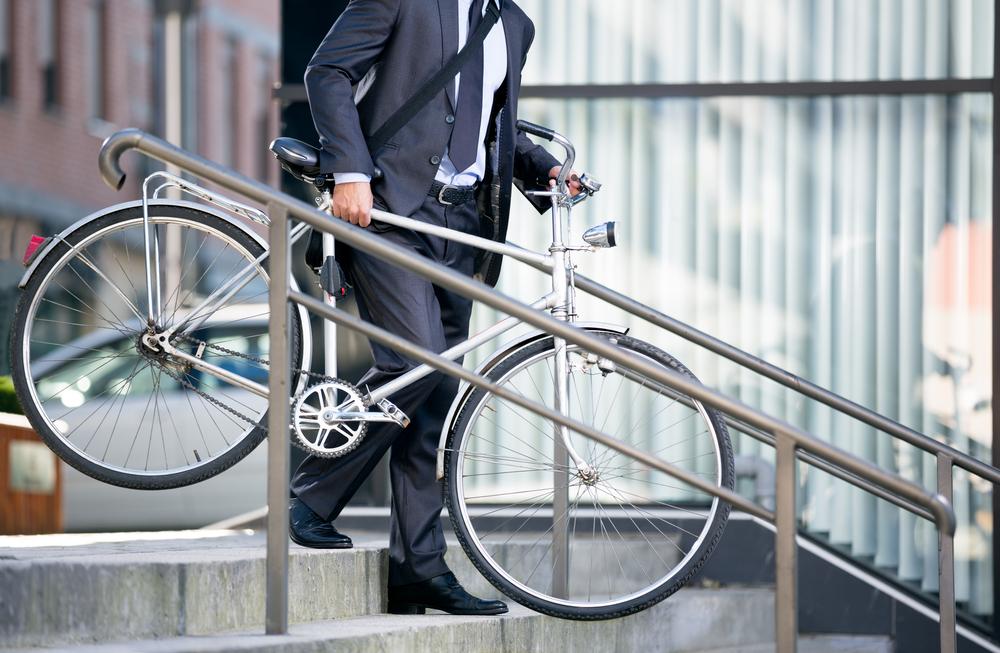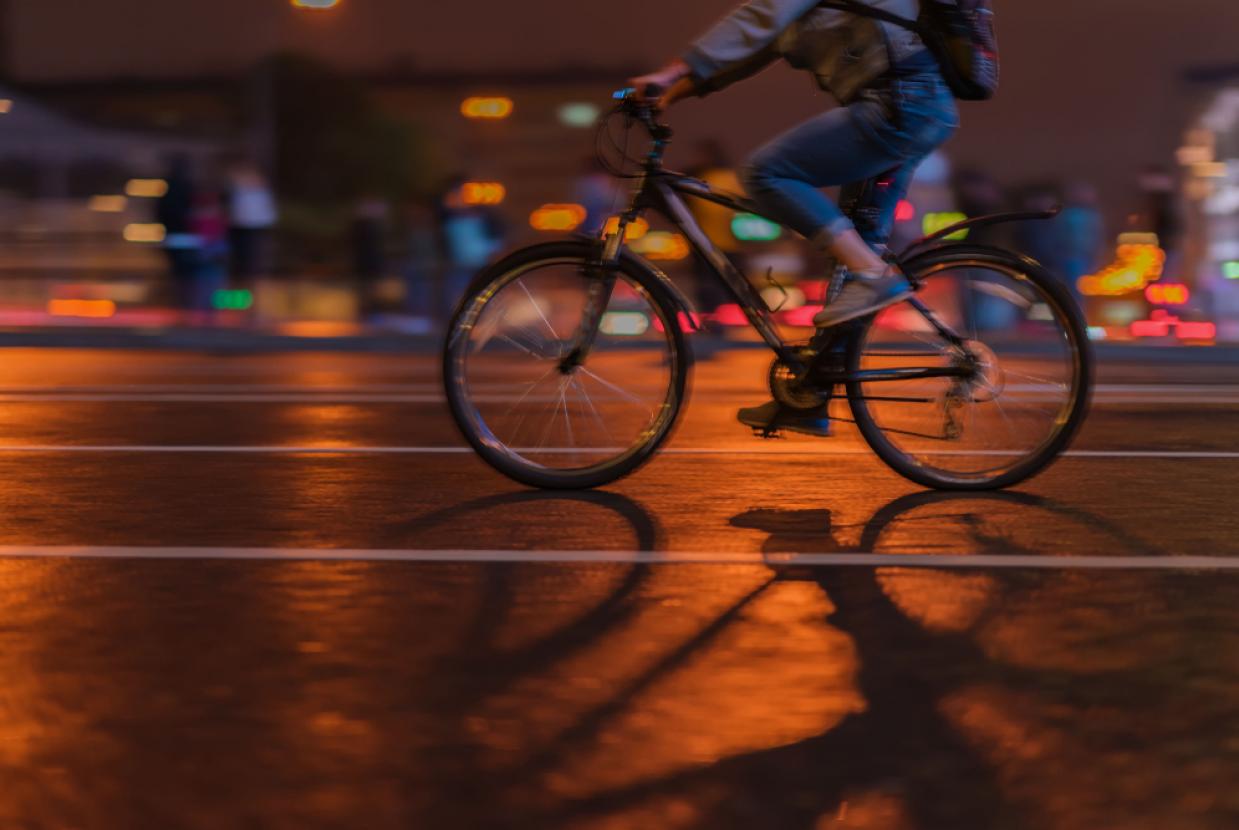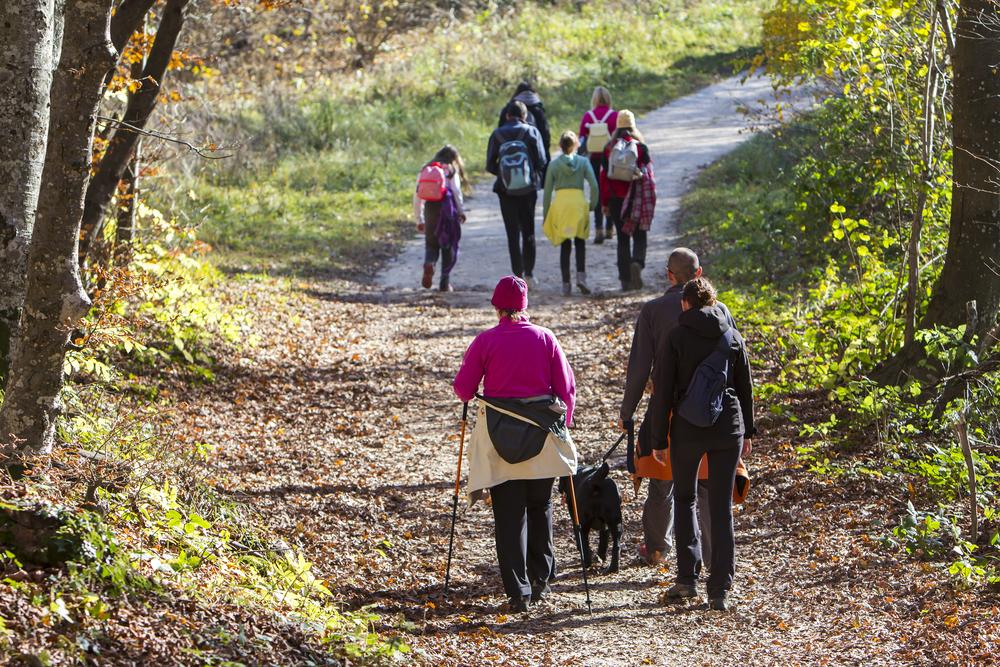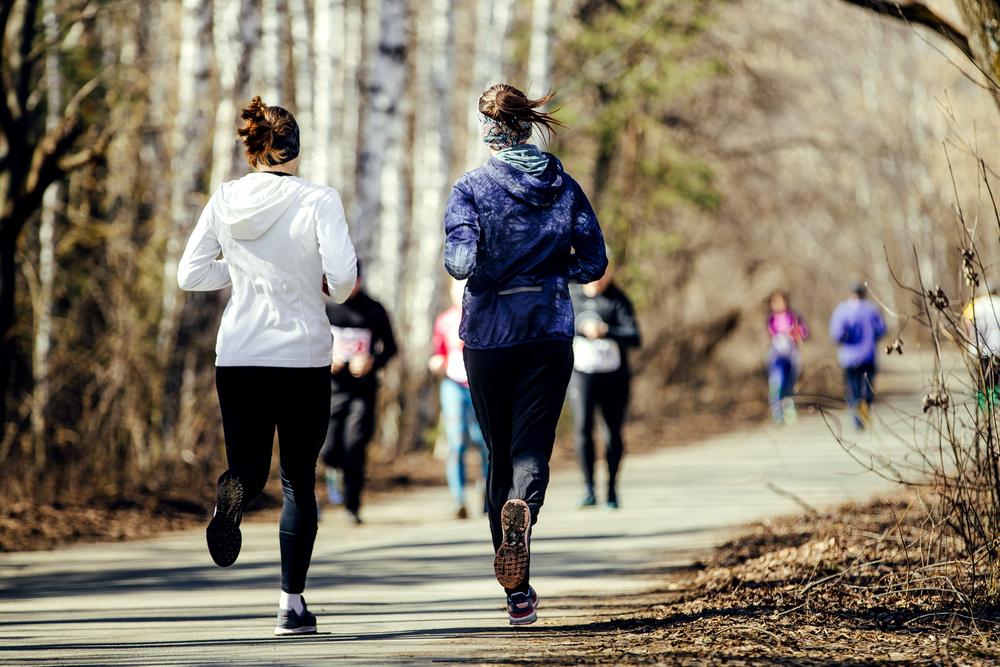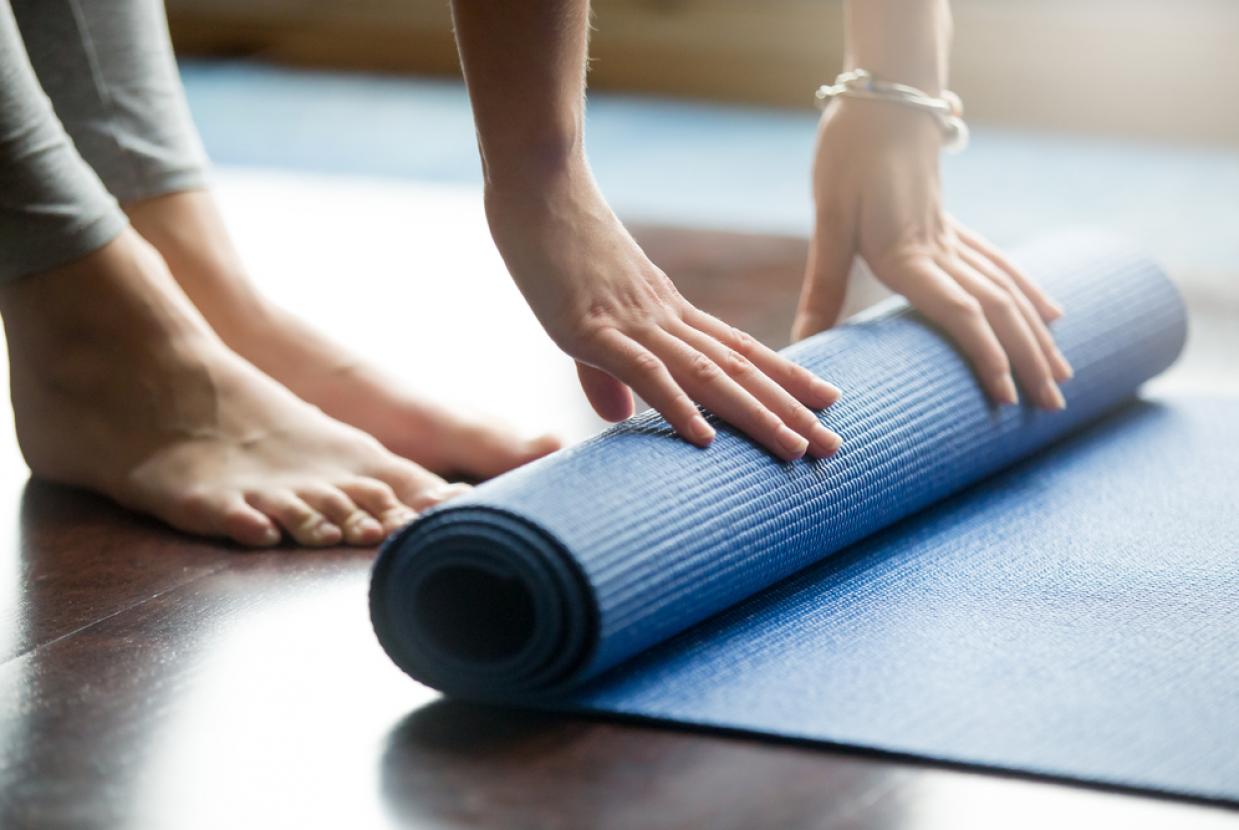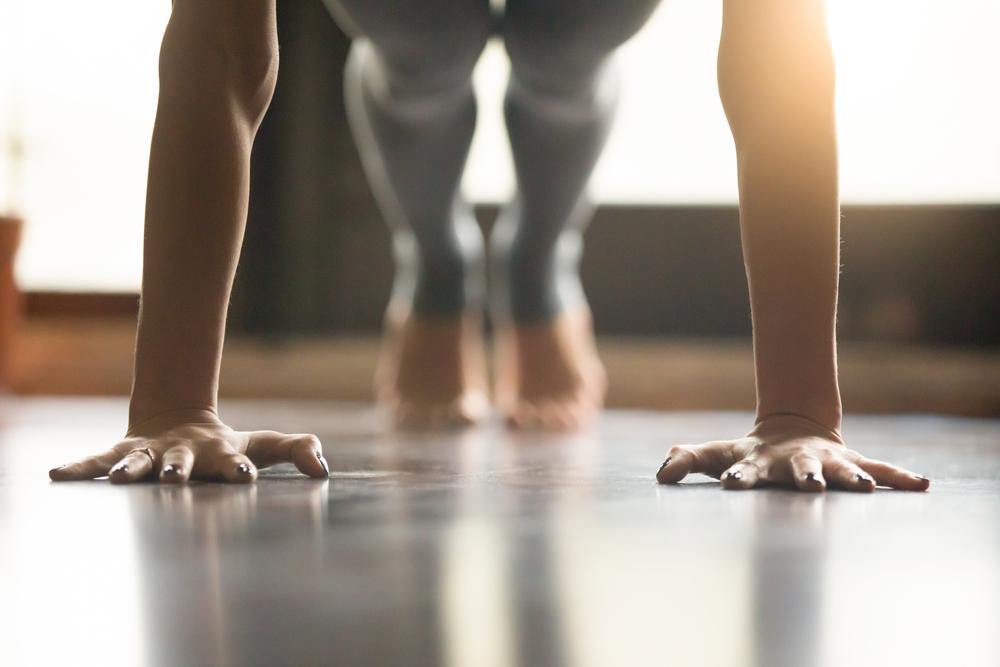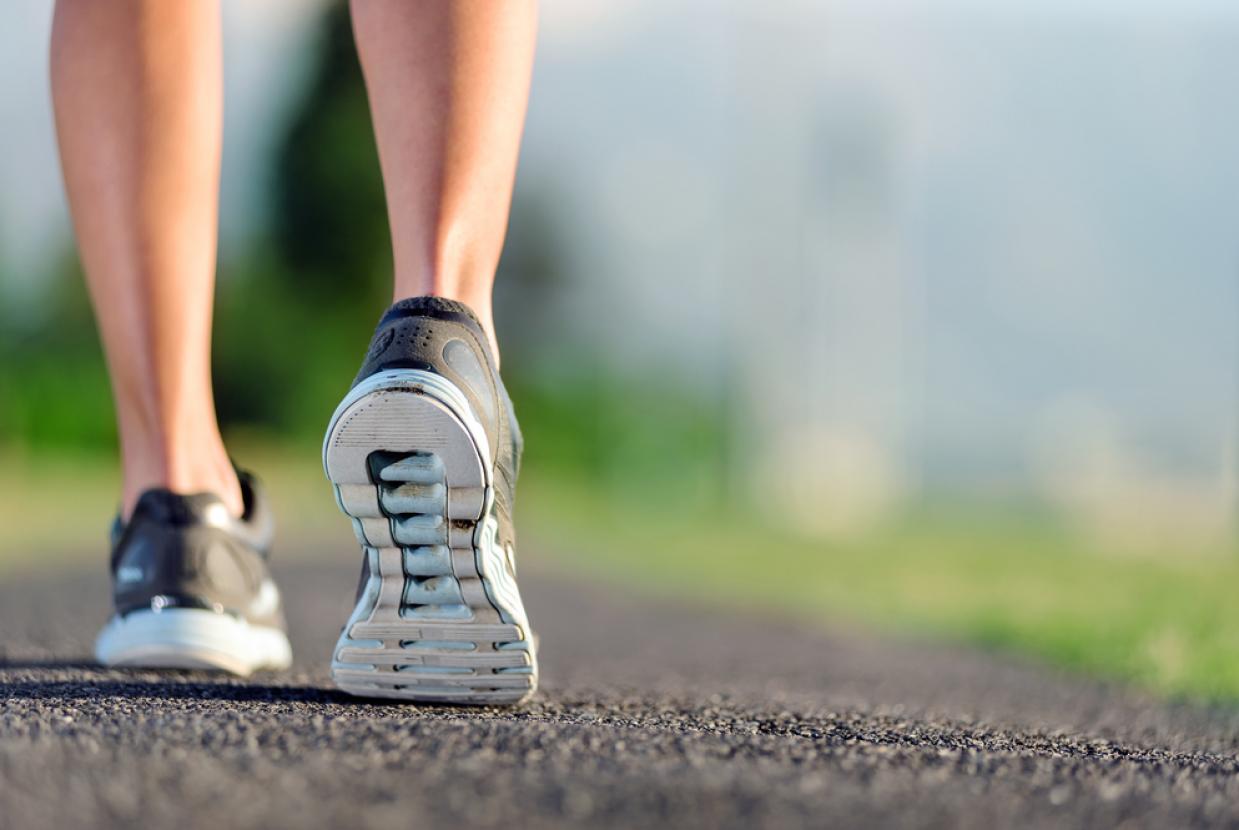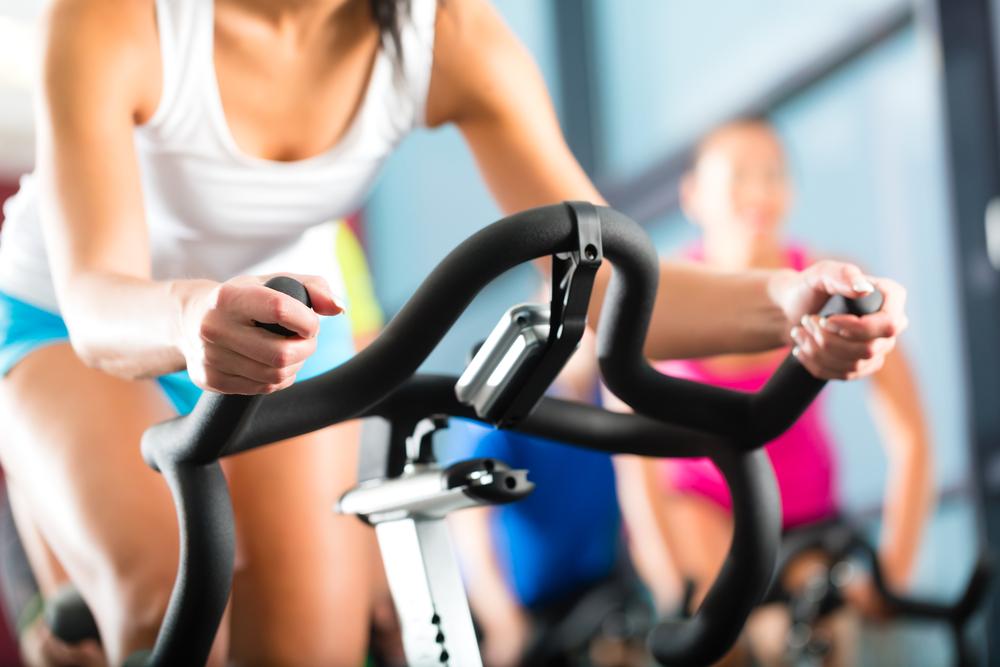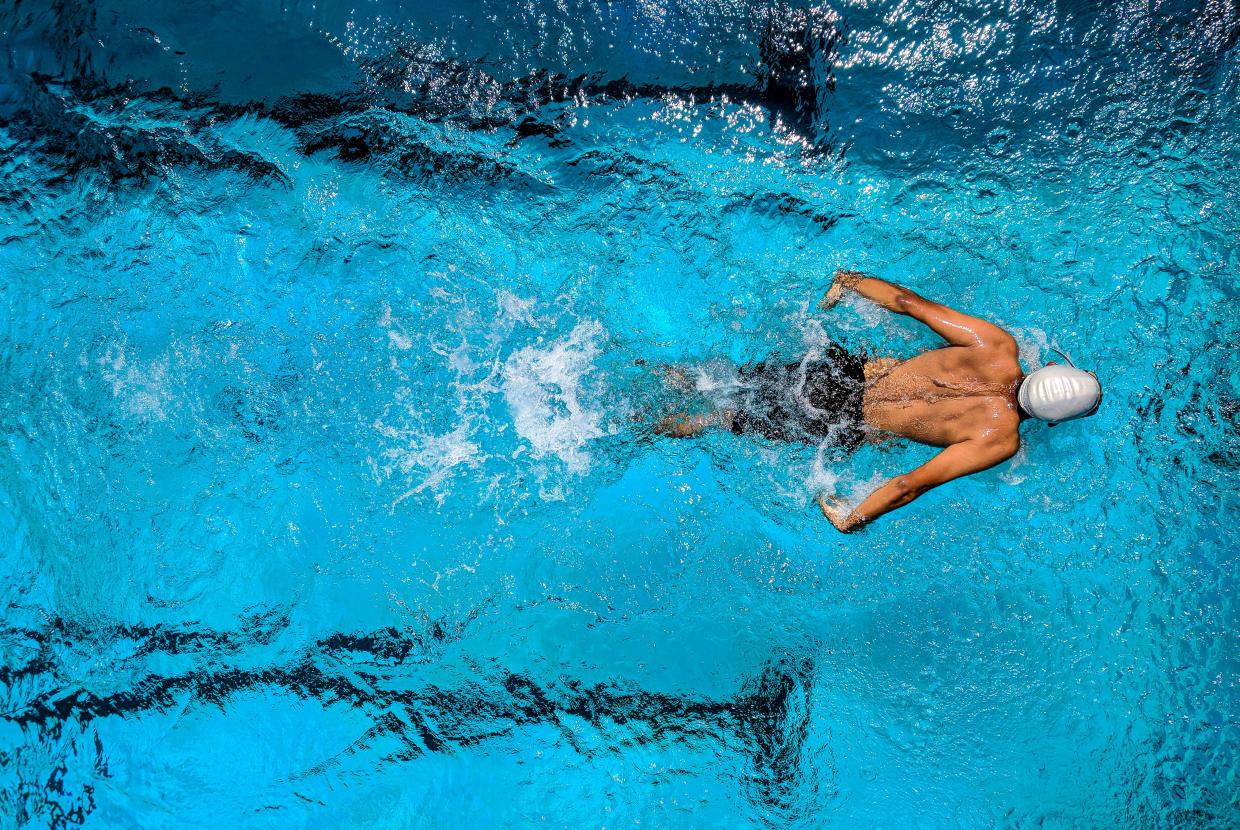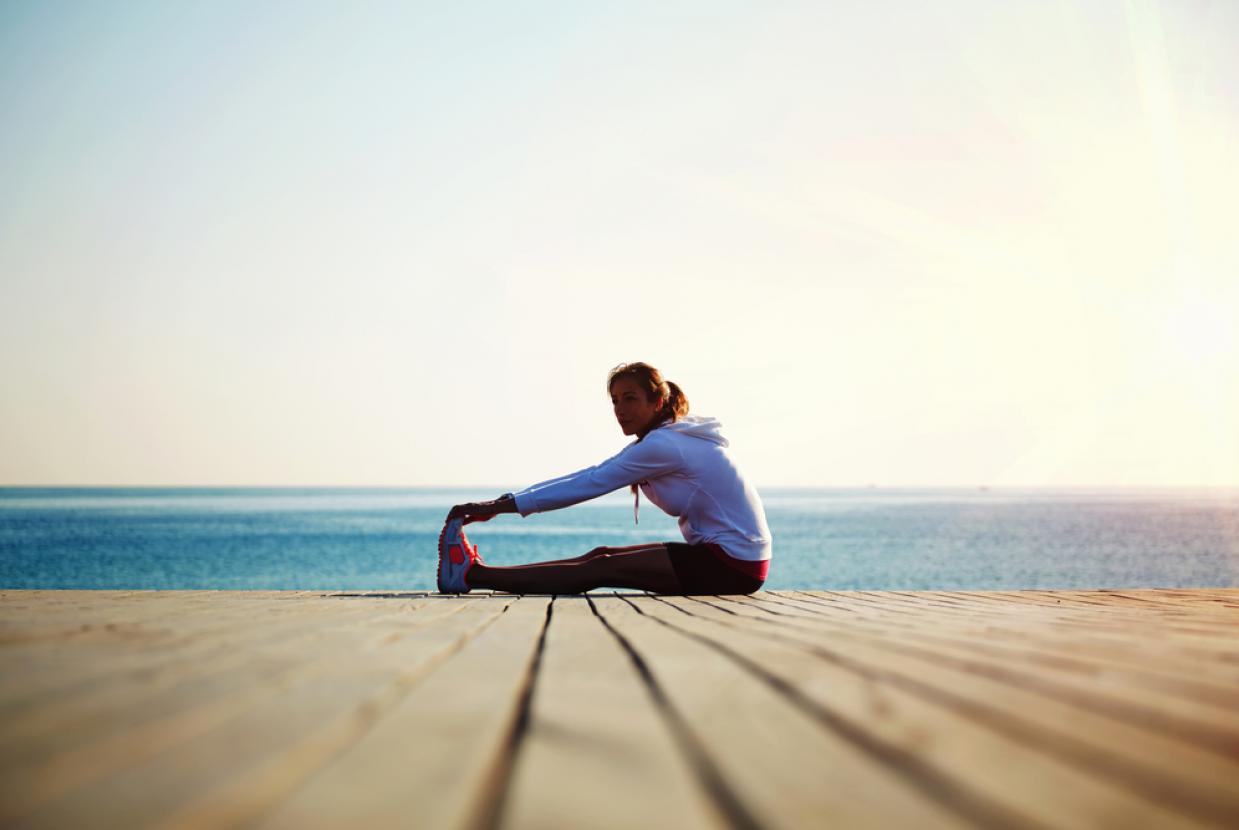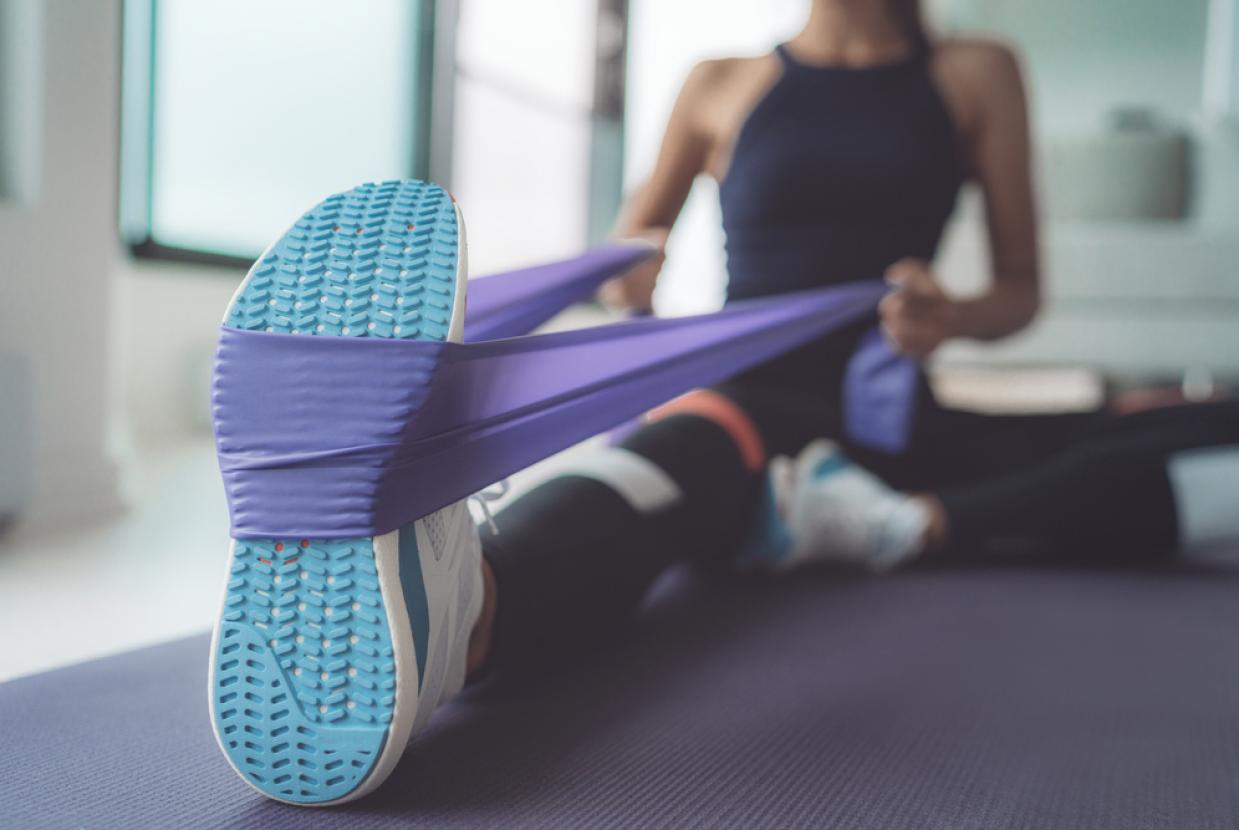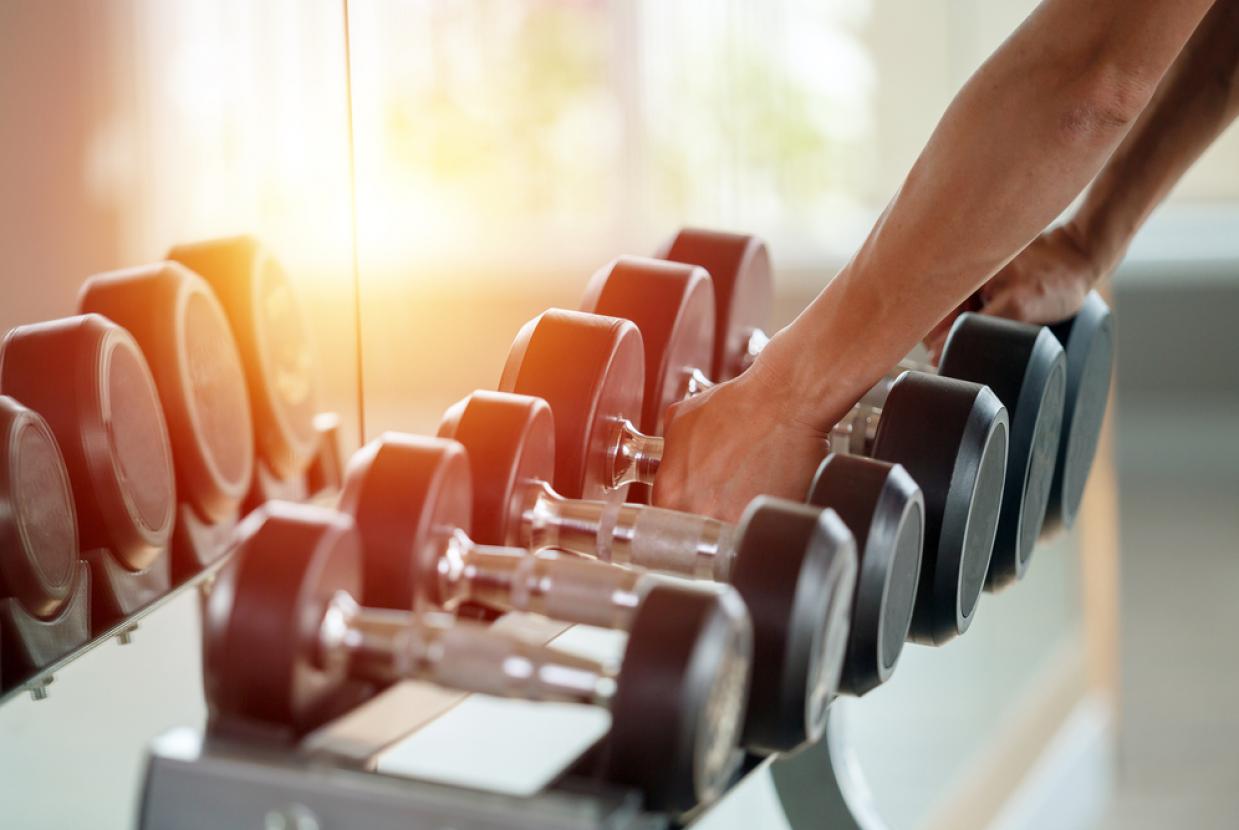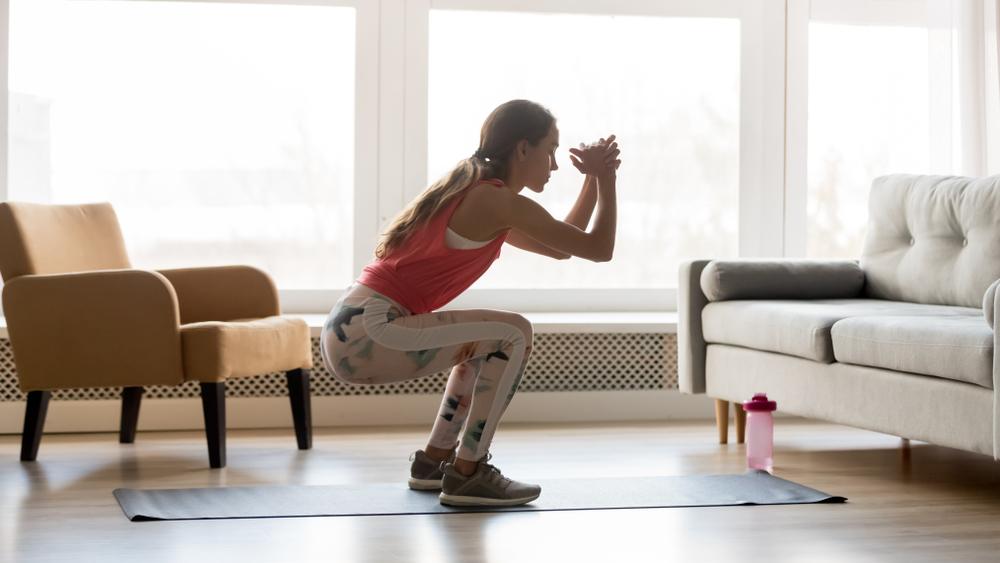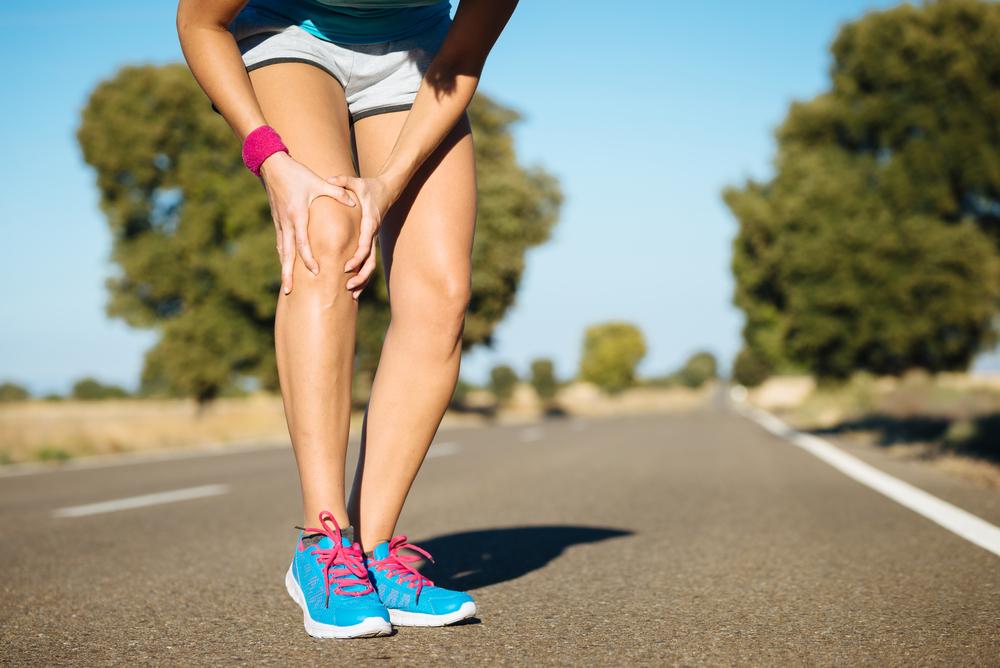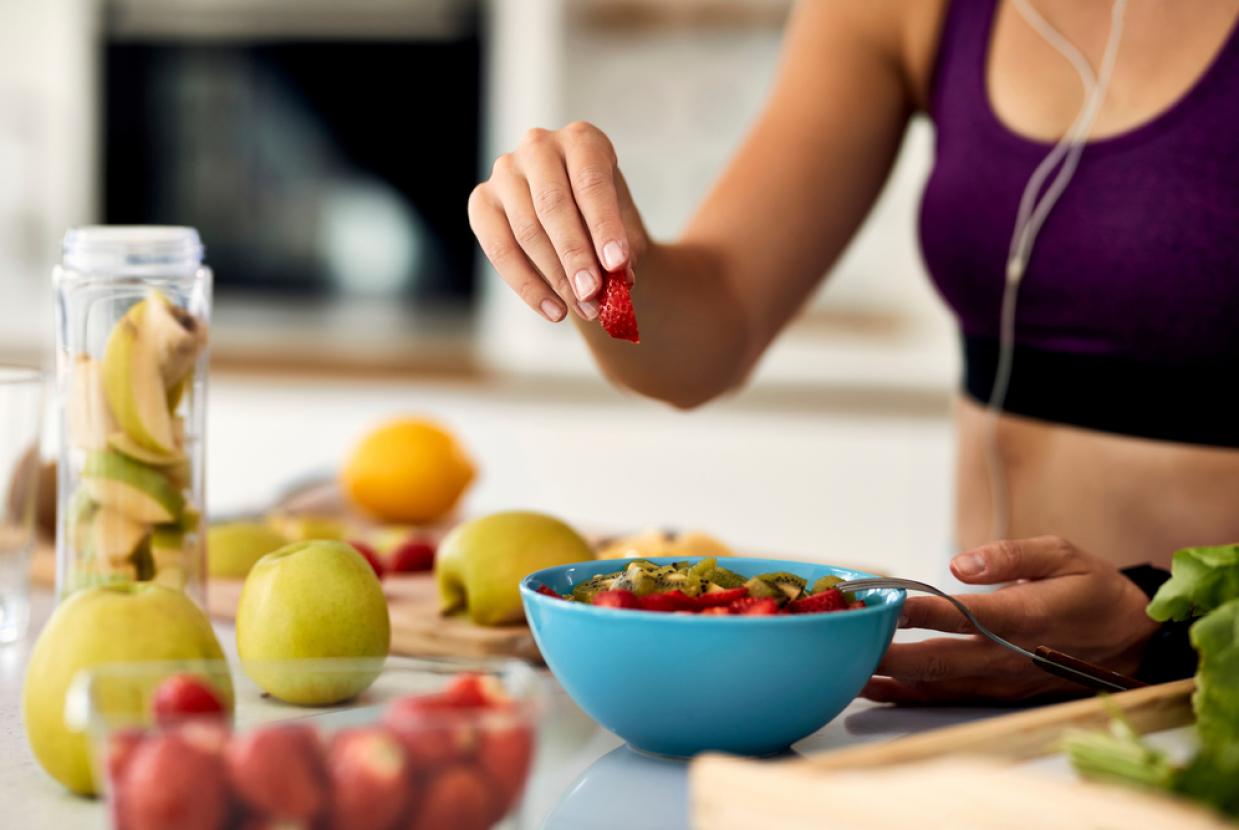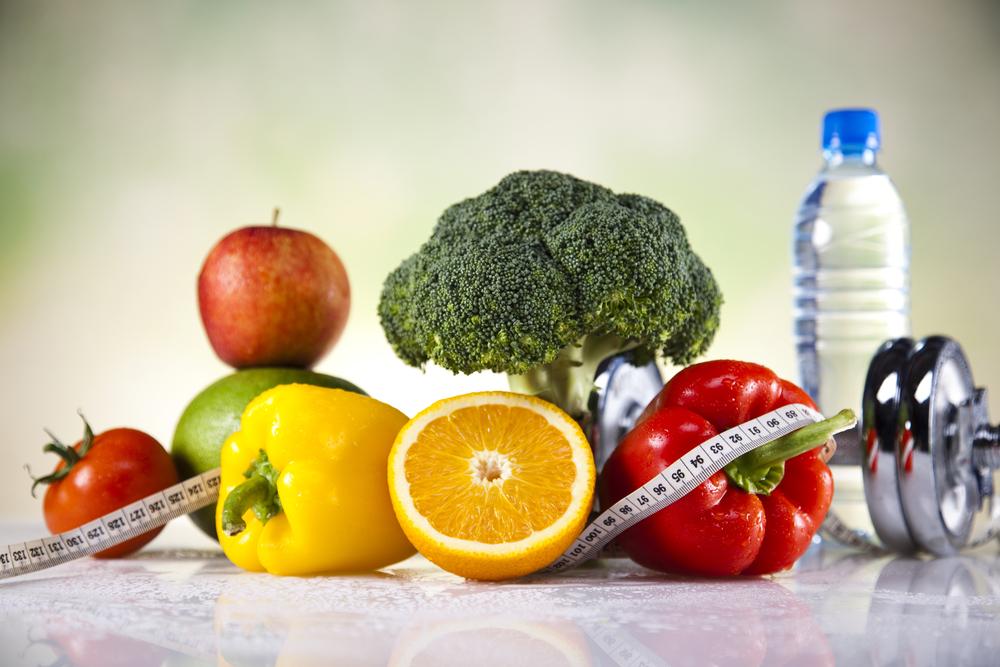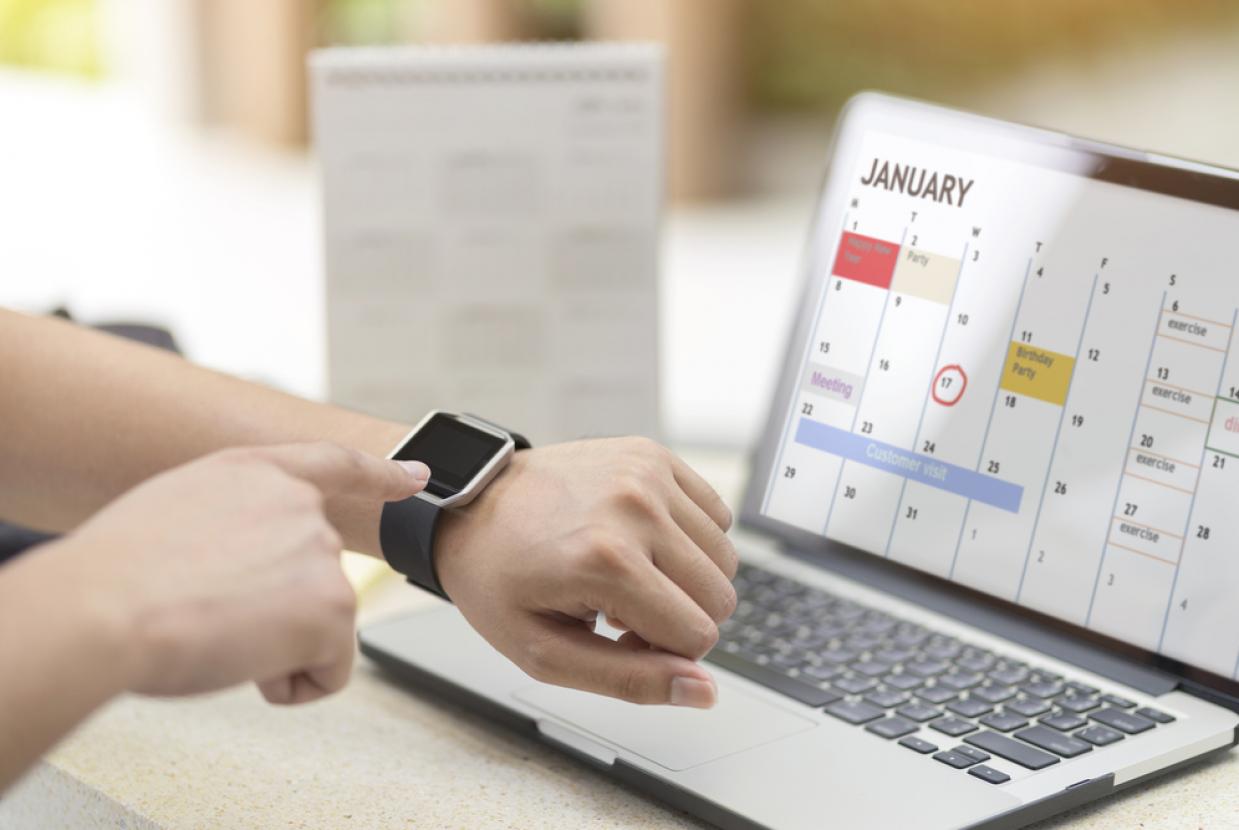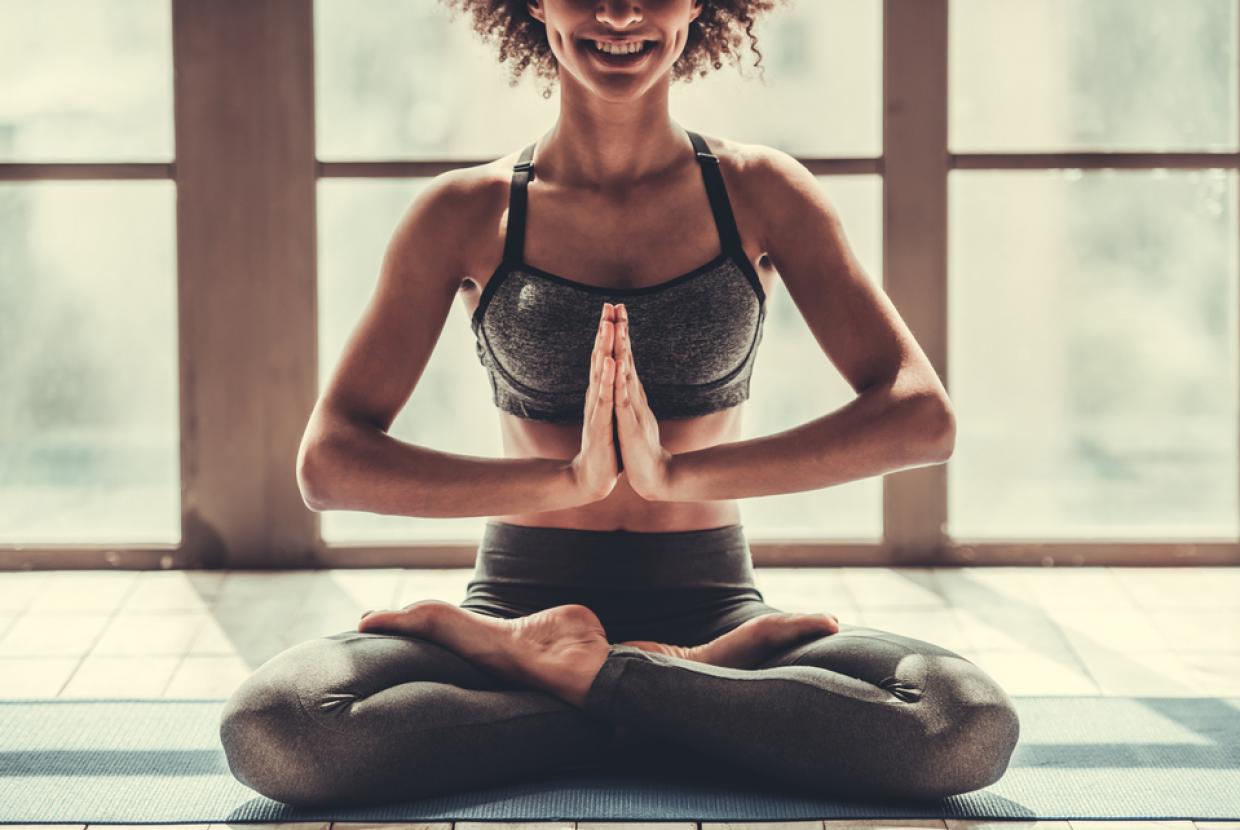Physical Activity Guidelines: Teens
How much physical activity should children and young people aged 5 to 18 do to keep healthy? Children and young people need to do 2 types of physical activity each week:
- aerobic exercise
- exercises to strengthen their muscles and bones
Children and young people aged 5 to 18 should:
- aim for an average of at least 60 minutes of moderate or vigorous intensity physical activity a day across the week
- take part in a variety of types and intensities of physical activity across the week to develop movement skills, muscles and bones
- reduce the time spent sitting or lying down and break up long periods of not moving with some activity. Aim to spread activity throughout the day
Children and young people aged 5 to 18 who are living with a disability should:
- aim to do 20 minutes of physical activity a day, splitting this into smaller chunks of activity throughout the day if needed
- do challenging but manageable strength and balance activities 3 times a week
What counts as moderate activity?
Moderate intensity activities will raise your heart rate, and make you breathe faster and feel warmer. One way to tell if you're working at a moderate intensity level is if you can still talk, but not sing. Children and young people should do a range of different activities across the week. Examples include:
- walking to school or walking the dog
- playground activities, including jumping, running and catching
- physical education
- sports, like football or tennis
- swimming
- skipping
- dancing
- skateboarding or rollerblading
- cycling
What activities strengthen muscles and bones?
Examples include:
- gymnastics
- football
- jumping
- martial arts
- resistance exercises with exercise bands, weight machines or handheld weights
- sit-ups, press-ups and other similar exercises
Exercising safely
Children and young people should:
- get medical advice about exercising if they have a health condition
- do exercise that is suitable for their age, ability and experience
- start any new exercise slowly and increase it bit by bit
- use protective equipment, for example for cycling and skateboarding
Young people can use weights for resistance exercise if a qualified adult trains them to use weights correctly and supervises them.


